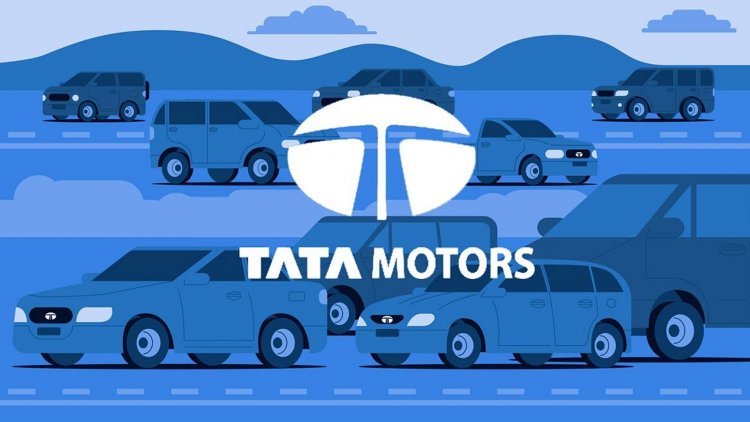In the coming month, Tata Motors may increase the price of its passenger automobiles
The price adjustment, according to Shailesh Chandra, would help lessen the effects of commodity prices, which have stayed high for the most of the year.

According to a top company official, Tata Motors is considering raising the price of passenger vehicles starting next month in order to make its model range compliant with stricter emission standards that go into effect on April 1 of next year.
Shailesh Chandra, managing director of Tata Motors' passenger vehicle and electric vehicle divisions, told PTI that the price adjustment would also lessen the impact of commodity prices, which have remained high for the majority of the year.
"The price will be impacted by the regulatory change. Even while the real effects of commodity price softening won't be felt until the following quarter, the year's long trend of commodity price increases will still be felt "Chandra said.
He pointed out that although battery prices have increased as well, the increase has not been reflected in market prices.
"Therefore, we are evaluating a price increase based on some of the remaining effects on commodity prices. New laws and battery costs have also had an impact on the EV sector "Chandra uttered.
Additionally, he added, there is a cost associated with transitioning the model range to comply with new emission norms.
Due to these circumstances, Chandra stated, "We are looking into a potential price rise for both ICE and EVs next month."
In the domestic market, Tata Motors offers a variety of models including the Punch, Nexon, Harrier, and Safari. With products like Tiago EV and Nexon EV, it dominates the electric vehicle market.
Vehicles must have an on-board self-diagnostic system starting on April 1, 2023, in order to track the driving emission levels in real time. In order to keep a close eye on emissions, the device will continuously check important components for compliance with emission standards, such as the catalytic converter and oxygen sensors.
When the emissions go beyond the limits, the device will signal through warning lights that the vehicle needs to be serviced.
The vehicles will also have programmed fuel injectors, which would regulate the timing and amount of fuel injected into the gasoline engine, in order to further control the amount of fuel burned.
To monitor the throttle, crankshaft positions, air intake pressure, engine temperature, and the components of the exhaust emissions (particulate matter, nitrogen oxide, CO2, sulfur, etc.), even the semiconductors used by the vehicle will need to be upgraded.
Maruti Suzuki also made an announcement to raise vehicle prices starting in January last week.




 admin
admin 




















